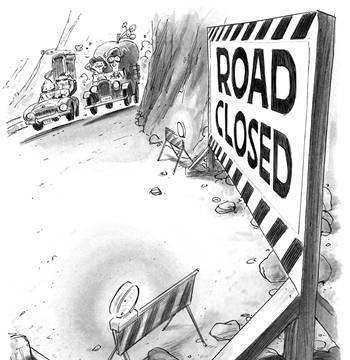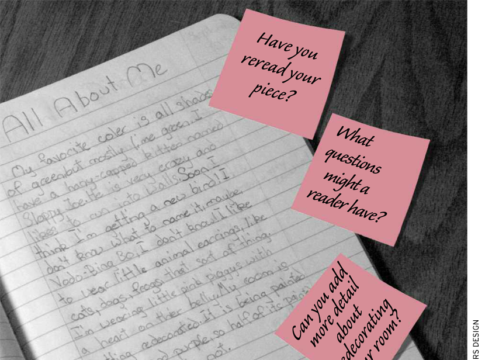Students weaned on the pace of MTV and video games had less and less patience for slow-moving plots and detailed, descriptive passages. In an attempt to reach this new audience, teachers brought contemporary and multicultural literature into their classrooms. This was not prima facie a bad thing. Toni Morrison’s Song of Solomon, Maxine Hong Kingston’s Woman Warrior, Richard Wright’s Black Boy, and Sandra Cisneros’s The House on Mango Street are important books. Where we erred is in tampering with the criteria that we applied to literature. Instead of choosing books with literary merit-universal themes, rich language, complex characters-we selected simpler stories with characters to whom we thought our students could relate.
This might have worked had reading such high-interest, familiar stories led students to increasingly challenging works. But many teenagers, fed a diet of contemporary books, never take the next step. Not many teenagers can be depended on to reach for stories like Carson McCullers’s The Member of the Wedding on their own. If we stop teaching students how to read McCullers, most will forever find this touching novel opaque.
Teenagers are hungry for stories that mirror their lives. In powerful young adult literature such as Walter Dean Myers’s Monster, Francesca Lia Block’s Missing Angel Juan, and Laurie Halse Anderson’s Speak, young readers meet characters whose problems reflect and illuminate their own.
Yet students also need books that are windows to other worlds. When teachers replace the “window” books in their curriculum-Beowulf, The Great Gatsby, The Red Badge of Courage-with “mirror” books, reflection suffers. We underestimate our students’ ability to make connections between Odysseus’s heroic journey and their own personal odysseys. Students develop intellectually as great works of literature offer them a vicarious experience of the human condition far greater than any of them could ever acquire on the basis of luck and first-hand encounters. Students don’t need a teacher to help them through the syntax and diction in a novel by Chris Crutcher or S.E. Hinton. The thoughtful teacher aims instruction just beyond what students are able to perform independently.
As a high-school English teacher with a quarter century of experience, I recognize that it would be selfish folly to expect my students to spend years discovering what I labored to learn. My students are fascinated by Poe’s parrot, his initial bird of choice for “The Raven.” The 19-year-old Mary Shelley, writing Frankenstein on a dare, is a living person to them. Students see the logic in the progression from Walt Whitman to Allen Ginsberg to Charles Bukowski. Teachers must go beyond encouraging off-hand, initial responses from student readers, must push them to explore exactly what the author has done with syntax and diction that elicited such a response in them. Students often need examples of how others think about literature before they engage their own minds. Students need not be in awe of my interpretations or indeed in awe of any particular text. What I do expect is that they learn to read with care.
-Carol Jago teaches English at Santa Monica High and directs the California Reading and Literature Project at UCLA.





